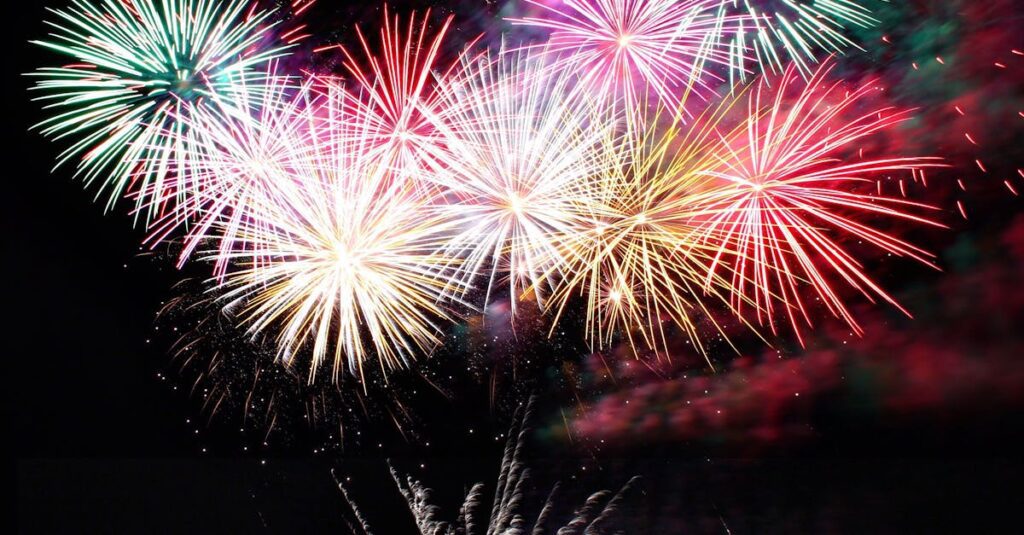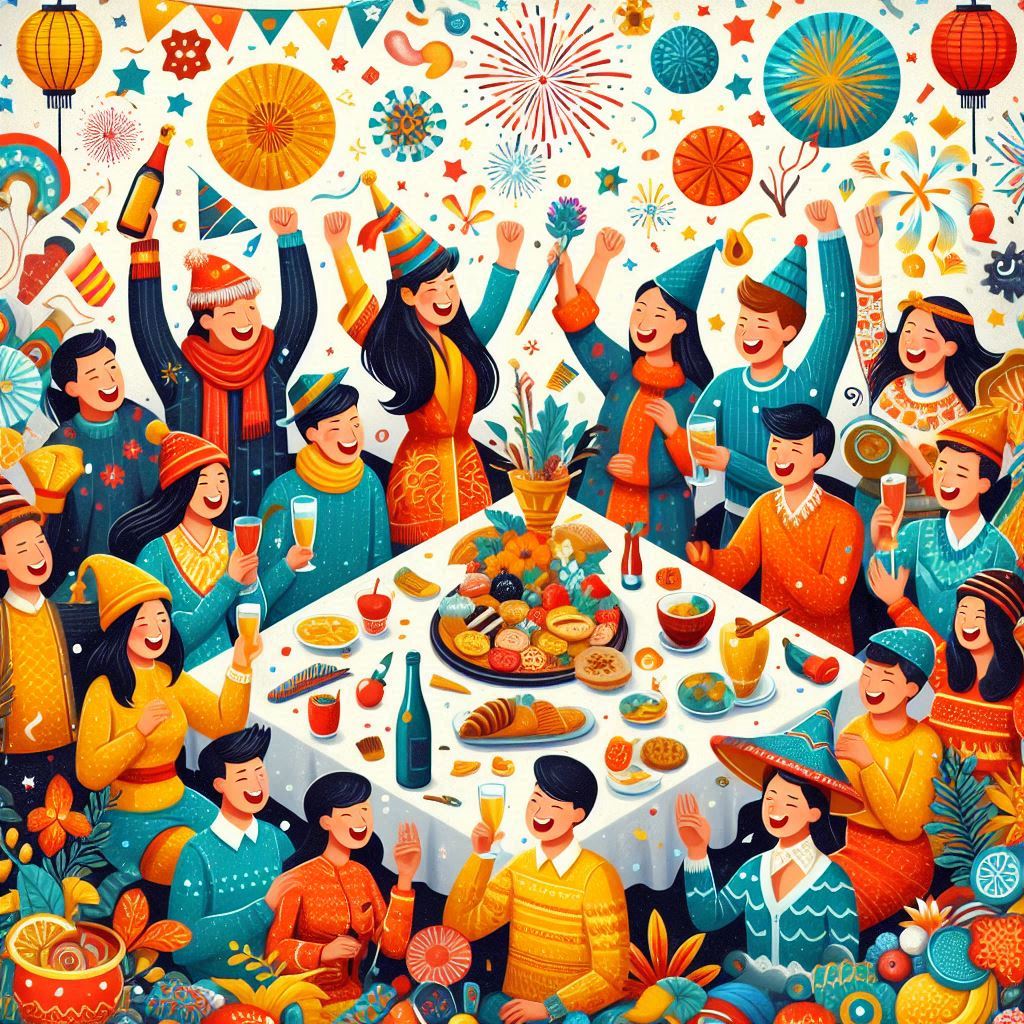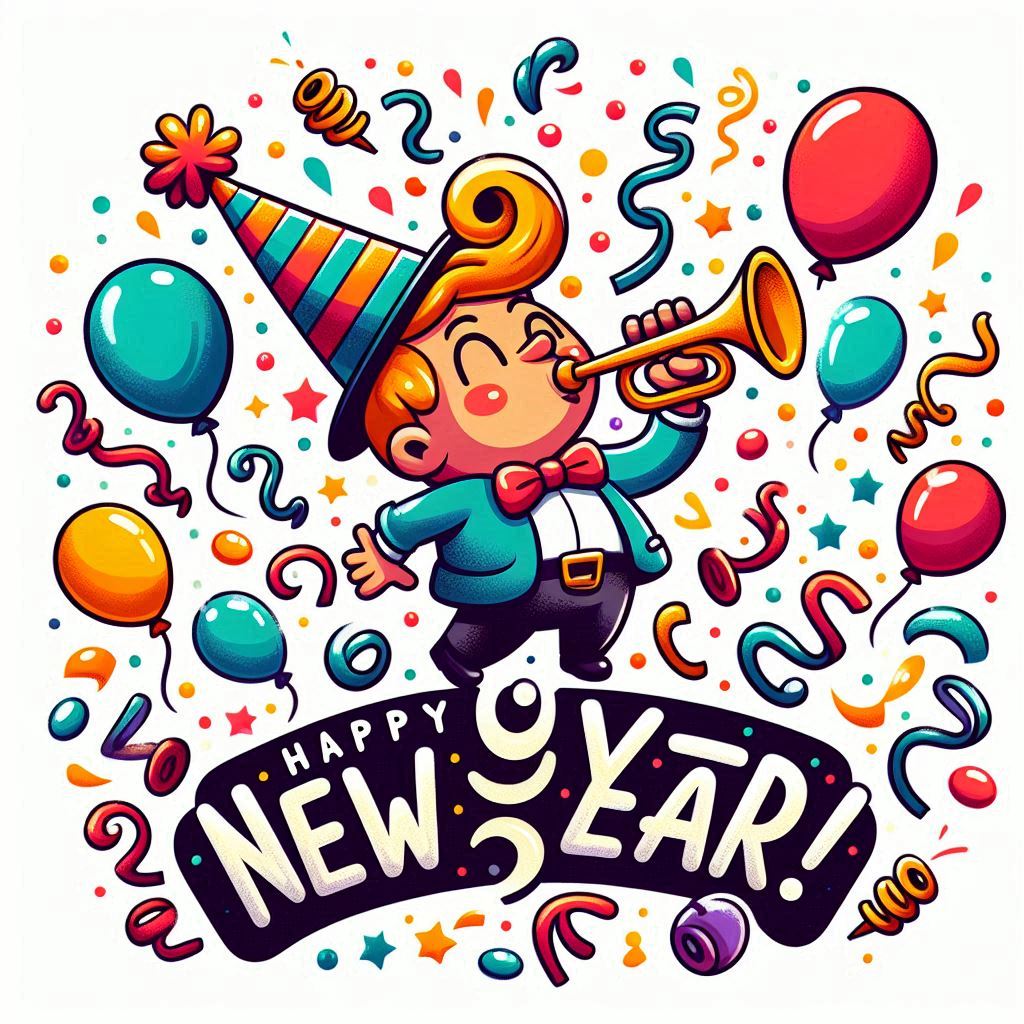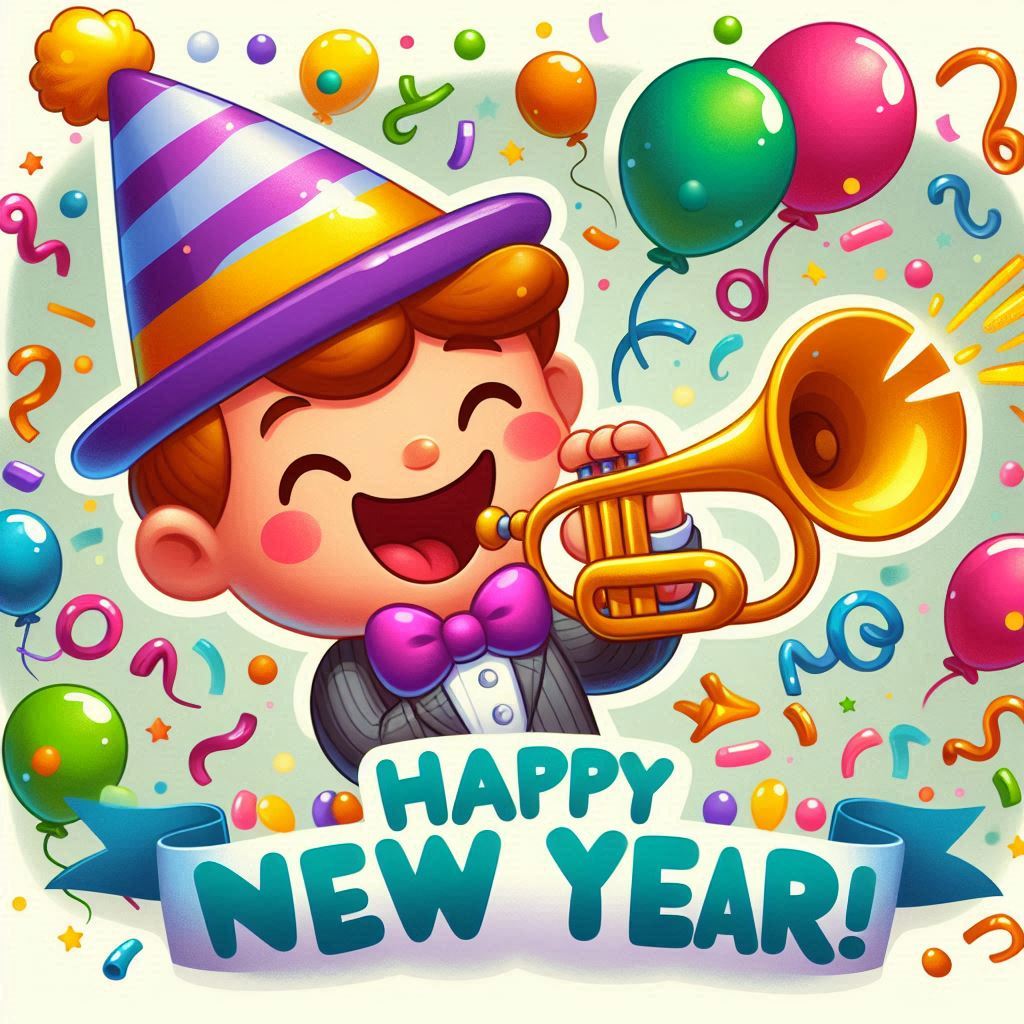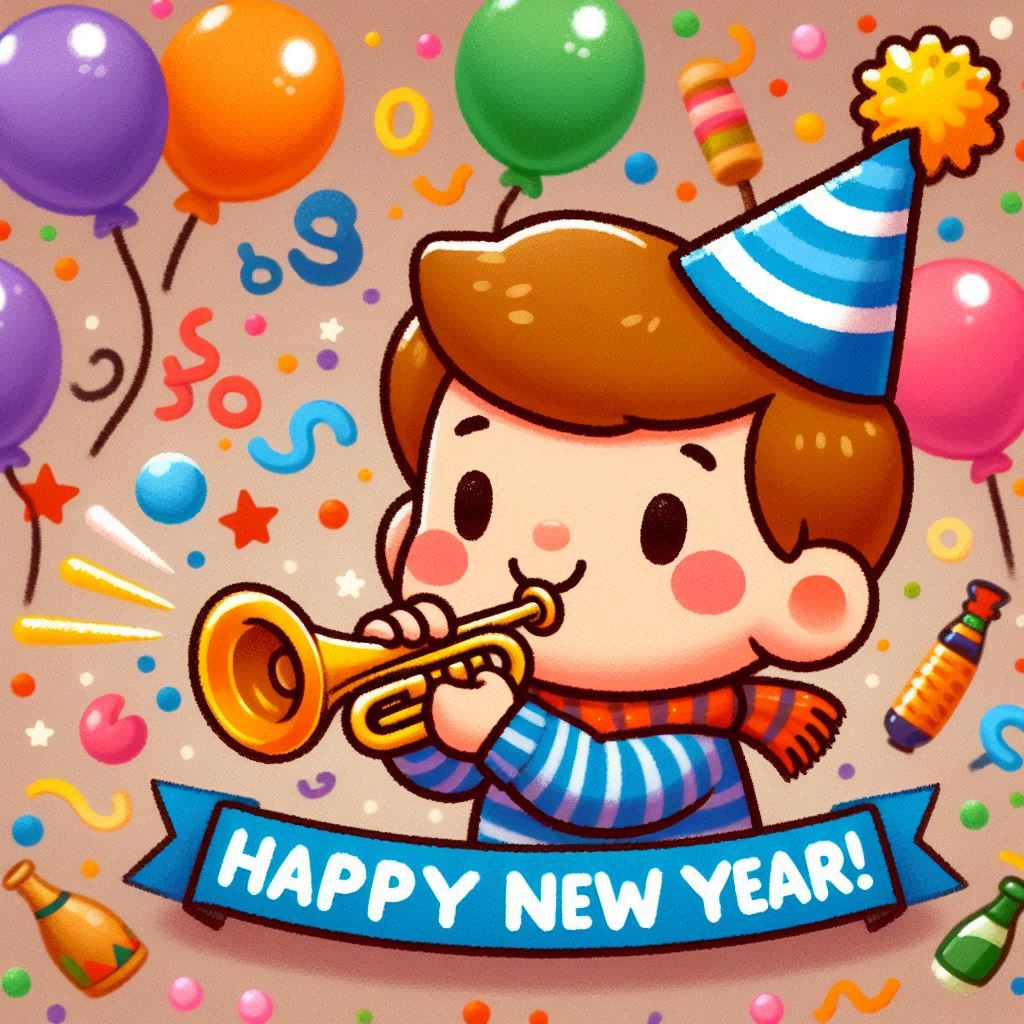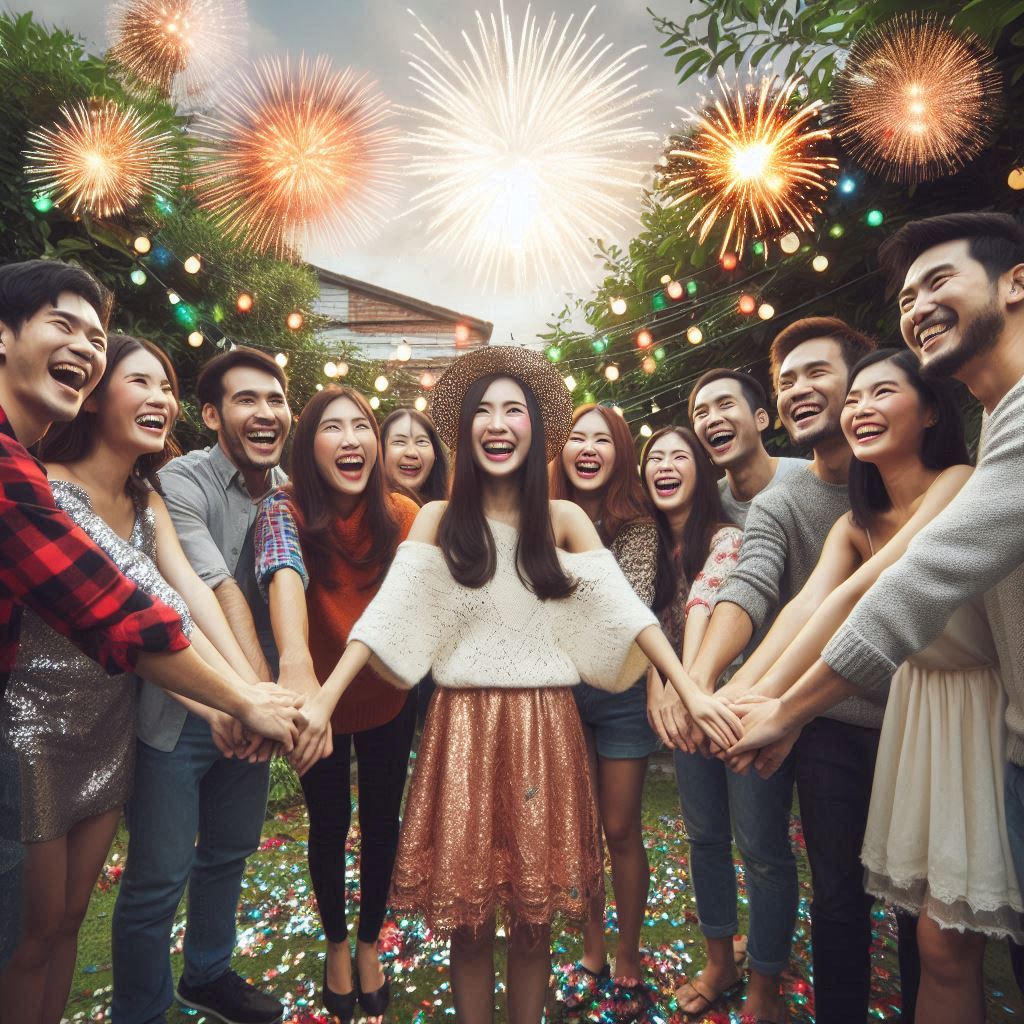New Year Celebration : Traditions, Customs
Introduction
As the clock strikes midnight on December 31st, people all around participate in celebration bidding farewell to the past year and welcoming the next one with hope and happiness. Not merely a calendar date, the New Year promises new opportunities, fresh starts, and better days ahead. Analyzing the complex fabric of New Year celebrations worldwide, this paper looks at their historical roots, diverse customs, and particular practices defining this day particularly.
The Origins of New Year Celebrations
Celebrated among mankind for thousands of years, the New Year’s celebration is among their oldest traditions. Ancient Mesopotamia hosted the first known New Year celebrations about 2000 BCE. Celebrating the arrival of spring, the Babylonians observed Akitu, a festival timed with the first new moon after the vernal equinox. This ceremony lasted many days and comprised several rites, including a gods’ procession across the streets.
Historical Significance
- Mesopotamian Traditions: The Babylonians viewed the New Year as a time to renew their relationship with the gods. Statues of deities were paraded through the city, symbolizing purification and the welcoming of new beginnings.
- Egyptian Calendar: In ancient Egypt, the New Year was marked by the flooding of the Nile, a phenomenon that was crucial for agriculture. This event was celebrated with feasting and rituals dedicated to the goddess Isis.
- Persian Practices: The Persians celebrated their New Year, Nowruz, at the spring equinox, emphasizing themes of rebirth and renewal. This tradition continues to be observed in various cultures today.
Transition Through Time
With their growth, societies commemorated the New Year in different ways. Originally beginning in March, the Roman calendar came to be formally begun on January 1, 153 BCE. Starting the Julian calendar in 46 BCE validated this change even more. Over the years, several cultures changed their New Year’s celebrations to combine their religious ideas with regional customs.
Global Variations in New Year Celebrations
Celebrated in many different ways over various civilizations, the New Year has unique customs and traditions. While many countries recognize January 1st as the start of the new year, others use lunar calendars, hence celebrating at different times across the year.
Lunar New Year Celebrations
- Chinese New Year: Celebrated between January 21 and February 20, this festival lasts for 15 days and includes family reunions, feasting, and fireworks. Each year is associated with one of the 12 animals of the Chinese zodiac, influencing the festivities.
- Tết in Vietnam: Similar to the Chinese New Year, Tết marks the arrival of spring and is a time for families to honor their ancestors. Traditional foods, such as bánh chưng (square sticky rice cake), are prepared and shared.
Other Cultural Celebrations
- Nowruz: Celebrated by millions across Iran and Central Asia, Nowruz signifies the arrival of spring and is marked by various customs, including the setting of the Haft-Seen table, which features seven symbolic items.
- Rosh Hashanah: The Jewish New Year, Rosh Hashanah, typically falls in September or October. It is a time for reflection, prayer, and the sounding of the shofar (a ram’s horn) to herald the new year.
New Year’s Eve Traditions
As the final hours of the year approach, people engage in various rituals to usher in the New Year. These celebrations often include parties, fireworks, and unique cultural practices.
Countdown Celebrations
- Times Square Ball Drop: In New York City, the iconic ball drop at Times Square is a global symbol of New Year’s Eve. Millions gather to witness the countdown, culminating in a spectacular fireworks display as the clock strikes midnight.
- Fireworks Displays: Major cities worldwide, from Sydney to London, host grand fireworks shows to mark the transition into the New Year. These displays are often synchronized with music, creating a festive atmosphere.
Unique Customs
- Hogmanay in Scotland: The Scottish New Year celebration, known as Hogmanay, includes the tradition of “first-footing,” where the first visitor to a home after midnight brings gifts for good luck.
- Grapes in Spain: In Spain, it is customary to eat twelve grapes at midnight, one for each stroke of the clock. Each grape is believed to bring good fortune for the corresponding month of the year.
Symbolic Foods for the New Year
Food plays a significant role in New Year celebrations, with various dishes symbolizing prosperity, health, and happiness.
Traditional Dishes
- Black-Eyed Peas: In the Southern United States, eating black-eyed peas on New Year’s Day is thought to bring good luck and prosperity.
- Noodles in Asia: Long noodles symbolize longevity in many Asian cultures, and consuming them during the New Year is believed to ensure a long life.
Unique Culinary Practices
- Cuban Roasted Pork: In Cuba, families traditionally roast a whole pig on a spit, accompanied by rice, beans, and plantains, creating a festive feast for the New Year.
- Italian Lentils: In Italy, lentils are consumed at midnight as they symbolize wealth and prosperity for the coming year.
The Role of Resolutions
The practice of making New Year’s resolutions is a common tradition, particularly in Western cultures. This ritual involves setting personal goals for self-improvement and growth in the coming year.
Common Resolutions
- Health and Fitness: Many individuals commit to healthier lifestyles, such as exercising regularly, eating better, or quitting smoking.
- Personal Growth: Resolutions often include aspirations for personal development, such as learning new skills, reading more, or spending time with loved ones.
Challenges of Keeping Resolutions
While the tradition of making resolutions is widespread, studies show that many people struggle to maintain their commitments. Setting realistic goals and focusing on small, achievable changes can increase the likelihood of success.
Religious Observances During New Year
For many, the New Year is a time for spiritual reflection and religious observance. Various faiths incorporate unique rituals and practices into their celebrations.
Christian Traditions
- New Year’s Day Mass: Many Christian denominations hold special services on January 1st, offering prayers for the year ahead and reflecting on the past.
- Candlelight Services: Some churches host candlelight services on New Year’s Eve, providing a serene atmosphere for prayer and contemplation.
Other Faiths
- Buddhist Practices: In some Buddhist cultures, the New Year is celebrated with rituals that include offering gifts to monks and engaging in meditation and prayer.
- Hindu Observances: Hindus may celebrate the New Year with rituals that involve making offerings to deities and seeking blessings for the upcoming year.
The Influence of Music and Dance
Music and dance are integral components of New Year celebrations, providing a means for people to express joy and connect with one another.
Traditional Music and Dance
- Celtic Celebrations: In Scotland, traditional folk music and ceilidh dancing are popular during Hogmanay, bringing communities together in celebration.
- Latin American Festivities: In many Latin American countries, lively music and dance are central to New Year celebrations, with salsa, merengue, and cumbia filling the air.
Modern Celebrations
- Concerts and Festivals: Major cities often host concerts and festivals featuring popular artists, drawing large crowds to celebrate the New Year together.
- Global Streaming Events: In recent years, virtual celebrations have gained popularity, allowing people to participate in global countdowns and concerts from the comfort of their homes.
Family Gatherings and Community Celebrations
The New Year is a time for families and communities to come together, fostering connections and creating lasting memories.
Family Traditions
- Gatherings and Feasts: Families often host large gatherings, sharing meals and celebrating together. These events create a sense of unity and reinforce familial bonds.
- Storytelling and Reflection: Many families take the time to reflect on the past year, sharing stories and experiences that shaped their lives.
Community Events
- Public Celebrations: Cities organize public events, including parades and fireworks displays, inviting community members to celebrate together.
- Charitable Acts: Some communities use the New Year as an opportunity to give back, organizing charitable events and donating to those in need.
The Future of New Year Celebrations
It is inevitable that the New Year’s celebrations would evolve in tandem with the progression of society. The path that these customs will take in the future is being determined by how technological advancements and new trends are developing.
Virtual Celebrations
The rise of digital technology has transformed how people celebrate the New Year. Virtual events, live streams, and online countdowns have become increasingly popular, allowing individuals to connect with loved ones across the globe.
Sustainability in Celebrations
As awareness of environmental issues grows, many are seeking ways to celebrate the New Year more sustainably. This includes reducing waste from fireworks, opting for eco-friendly decorations, and supporting local businesses.
Conclusion
Celebrated in many different ways all throughout the world, the New Year is a time of hope, fun, and introspection. From ancient practices to modern celebrations, the fundamental New Year’s experience is the shared human one of rejuvenation and the hope for a better future. As we get together with friends and relatives, indulge in symbolic dinners, and draft annual resolutions, we enjoy the opportunity to start anew. Whether via active celebrations or meditation, the New Year encourages us to honor life, love, and the promise of future.
Buy Spiritual books – Click here
